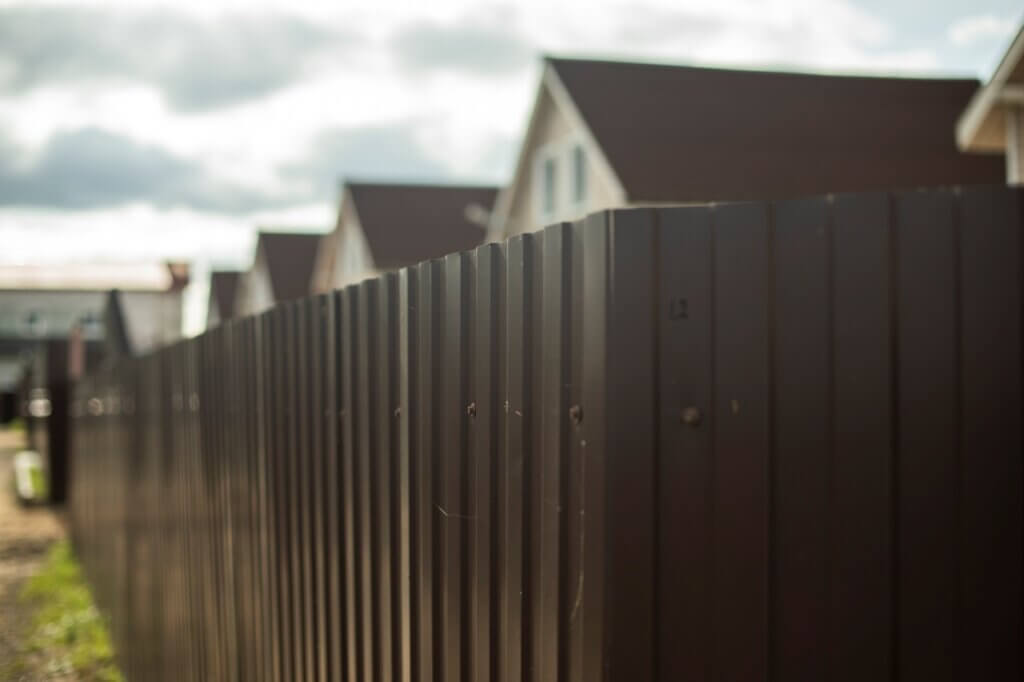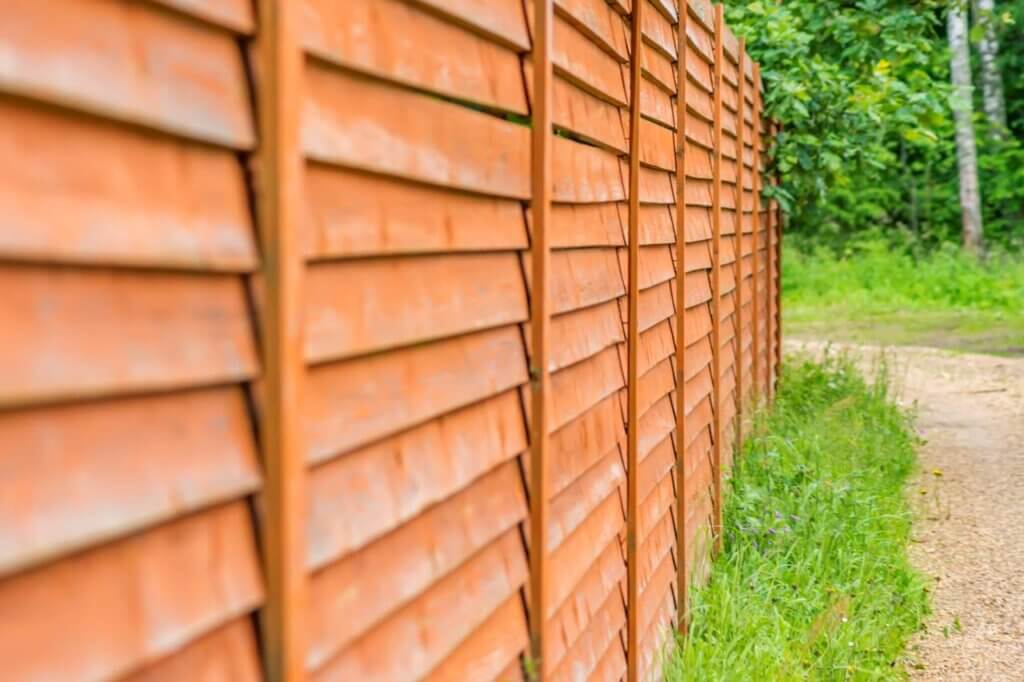How to Protect Composite Decking: Full Guide
Find out how protecting your composite decking can help keep your decking looking its best for years to come. You
Products in Stock
Lowest Prices
Express Delivery
10-Year Warranty
Early July Sale. Up To 15% Off.

Ah, the joys of British gardening! It’s a pursuit loved by many, a chance to connect with nature and create a personal haven right outside your back door. But what happens when those pesky fence height restrictions cramp your style? Perhaps you crave more privacy, a little extra security, or simply want to block out that unsightly view next door.
While it’s important to respect the rules, there are some clever ways to enhance your privacy and create the garden of your dreams without falling foul of the regulations. Let’s explore some fence height loopholes and practical tips to help you achieve your goals.
In the UK, there are specific rules governing the height of fences you can erect without planning permission; these restrictions are designed to ensure safety, maintain visual harmony, and avoid disputes between neighbours. But don’t worry, there are always ways to work within the rules and still create a garden that feels private and secure.
Typically, fences in your back garden can reach up to 2 metres (around 6.5 feet) in height without the need for planning permission. This allows for a good level of privacy while still keeping your garden open and airy.
When it comes to the front of your property, the rules are slightly different. Fences facing a public highway or footpath are generally restricted to a maximum height of 1 metre (about 3.2 feet) to ensure visibility and safety for pedestrians and drivers.
These fences, marking the border between your property and your neighbour’s, usually follow the same 2-metre rule as back garden fences. However, exceptions may exist if you have a written agreement with your neighbour or if you’re replacing an existing fence that was already higher.
Remember, these are just general guidelines, and it’s wise to check your local council’s specific fence height regulations to ensure you’re complying with the rules.
Now, let’s get into the good stuff – the creative solutions that can elevate your garden privacy while staying within the bounds of the law.
One of the most effective ways to enhance privacy without building a towering fence is to incorporate natural screening. Think tall hedges, climbing plants, or even strategically placed trees; these natural elements add a touch of beauty to your garden while creating a sense of seclusion.
If you’re looking for a bit more height without exceeding the permitted fence limits, consider adding trellis or lattice to the top of your fence. This creates a visual barrier while allowing light and air to filter through. Plus, it’s a great way to support climbing plants, adding a touch of greenery and vibrancy to your outdoor space.
While most fences fall under permitted development, there are situations where you may need to apply for planning permission. If you’re planning to build a fence that exceeds the height limits, is situated near a listed building, or involves specific materials or designs, it’s best to check with your local planning authority first.
If you live in a conservation area or your property has historical significance, there might also be additional restrictions on fence heights and materials, so we’d advise that you research these guidelines thoroughly before embarking on any fencing project.

The material you choose for your fence can play a key role in enhancing privacy; consider options like solid panels or close-board fencing for maximum screening. And if you’re after a long-lasting, low-maintenance option that looks fantastic, why not consider buying top-quality composite fence panels online?
Think about how the placement of your fence can maximise privacy. For example, you could create a secluded corner in your garden with a strategically placed L-shaped fence or use a curved fence to enclose a particular area.
There are various design elements you can incorporate into your fence to improve privacy. For instance, adding a trellis top, as mentioned earlier, or using horizontal slats instead of vertical ones can create a more visually solid barrier.
Before embarking on any major fencing project, it’s always a good idea to have a friendly chat with your neighbours; this helps to avoid any misunderstandings or disputes later on. Open communication and a willingness to compromise can go a long way in ensuring a harmonious neighbourhood.
Overall, while fence height restrictions can be a bit of a pain, you can still create a private and inviting outdoor space that you’ll love with a bit of creativity and careful planning. Remember, it’s always wise to consult with your local council or a professional if you have any doubts or concerns.

Our sample pack contains a sample piece of each colour currently available. Order your free sample pack today to compare the colours and get a true feeling of the Dino Decking range!
Find out how protecting your composite decking can help keep your decking looking its best for years to come. You
It’s quite common to end up with leftover decking after most installation projects. Offcuts and spare boards don’t need to
Business hours
Monday: 09:00 – 17:30
Tuesday: 09:00 – 17:30
Wednesday: 09:00 – 17:30
Thursday: 09:00 – 17:30
Friday: 09:00 – 17:30
Saturday: Closed
Sunday: Closed
Contact us
01942 355968
support@dino.co.uk
Collection Address: Unit 1 Wetheral Close Hindley Ind Estate Wigan Greater Manchester North West WN2 4HS
Pages
Products
Testing
Copyright 2025 Dino Decking Ltd All Rights Reserved.
VAT Number: GB296097848.
Company Number: 10837233.